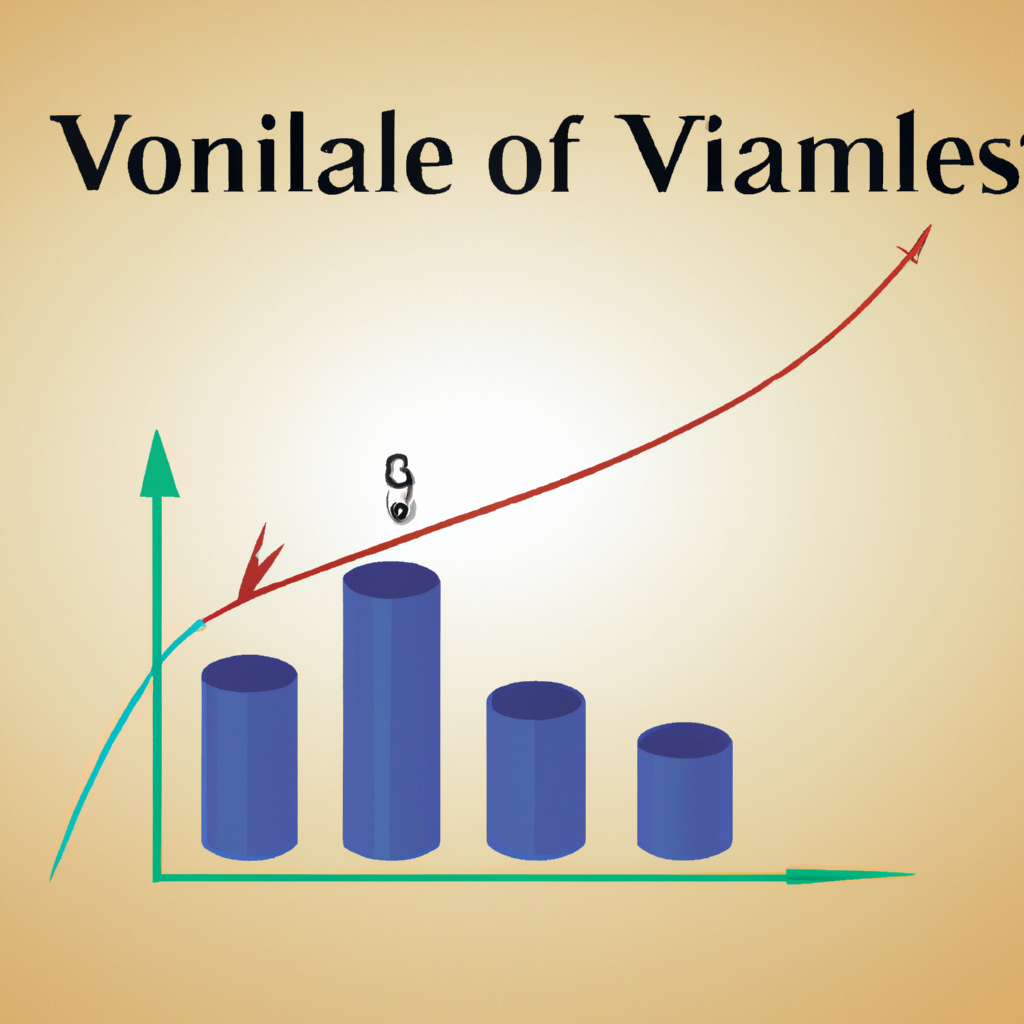Pivot Point Calculations
Introduction
Pivot point calculations are widely used by traders in the financial markets to identify potential support and resistance levels. These levels are crucial for making informed trading decisions and can greatly assist in determining entry and exit points. In this article, we will explore the concept of pivot point calculations and how they can be applied in trading strategies.
Understanding Pivot Points
Pivot points are mathematical calculations used to determine the overall market trend over a specific time frame. They are derived from the previous day’s high, low, and closing prices. Pivot points are particularly useful in short-term trading, where traders aim to capitalize on intraday price movements.
Calculation Method
To calculate pivot points, several levels are derived from the previous day’s price action. The most commonly used method is the Standard Pivot Point Calculation, which involves the following steps:
1.
Identify Key Prices
– High: The highest price reached during the previous trading day.
– Low: The lowest price reached during the previous trading day.
– Close: The closing price of the previous trading day.
2.
Calculate Pivot Point
– Pivot Point (PP) = (High + Low + Close) / 3
3.
Calculate Support and Resistance Levels
– First Resistance (R1) = (2 x PP) – Low
– First Support (S1) = (2 x PP) – High
– Second Resistance (R2) = PP + (High – Low)
– Second Support (S2) = PP – (High – Low)
– Third Resistance (R3) = High + 2 x (PP – Low)
– Third Support (S3) = Low – 2 x (High – PP)
Interpreting Pivot Points
Pivot points provide traders with potential levels of support and resistance. These levels can be interpreted as follows:
– Pivot Point (PP): The central level around which price action revolves. If the price remains above the pivot point, it indicates a bullish sentiment, while staying below suggests a bearish sentiment.
– Support Levels (S1, S2, S3): These levels act as potential buying zones. Traders might consider entering long positions or closing short positions near these levels.
– Resistance Levels (R1, R2, R3): These levels act as potential selling zones. Traders might consider entering short positions or closing long positions near these levels.
Using Pivot Points in Trading
Traders use pivot points in various ways to enhance their trading strategies. Some common strategies include:
– Pivot Point Breakout: Traders wait for the price to break above the pivot point or a significant support/resistance level to enter a trade in the direction of the breakout.
– Pivot Point Bounce: Traders look for price reversals near the support or resistance levels provided by pivot points. They enter trades when the price bounces off these levels.
– Pivot Point Confluence: Traders combine pivot points with other technical indicators, such as moving averages or trend lines, to identify areas of confluence. These areas provide stronger signals for potential trades.
Conclusion
Pivot point calculations are a valuable tool for traders to identify potential support and resistance levels in the financial markets. By understanding and applying pivot points in their trading strategies, traders gain insights into market sentiment and enhance their decision-making process. Remember to combine pivot points with other technical analysis tools for a comprehensive trading approach.



